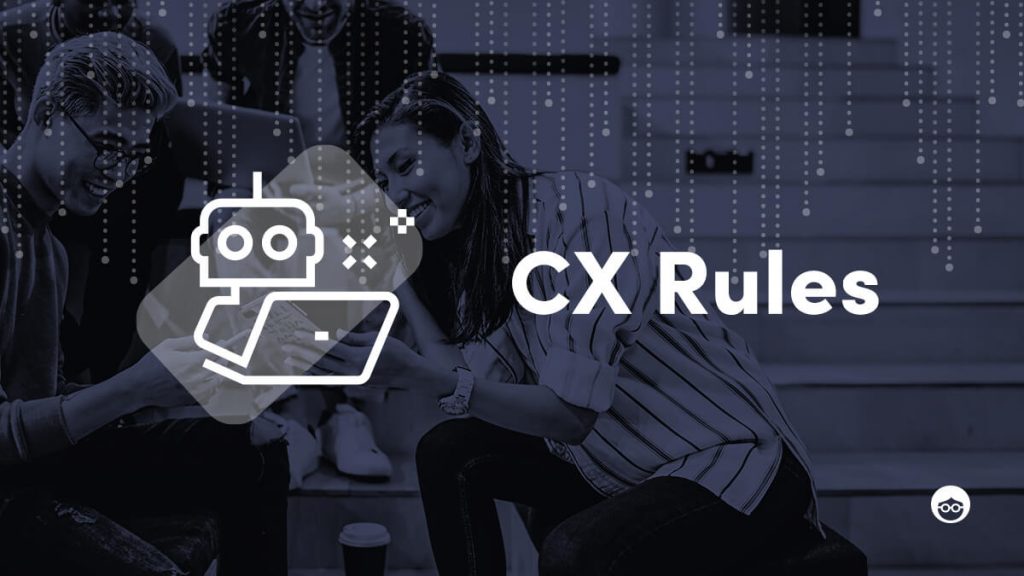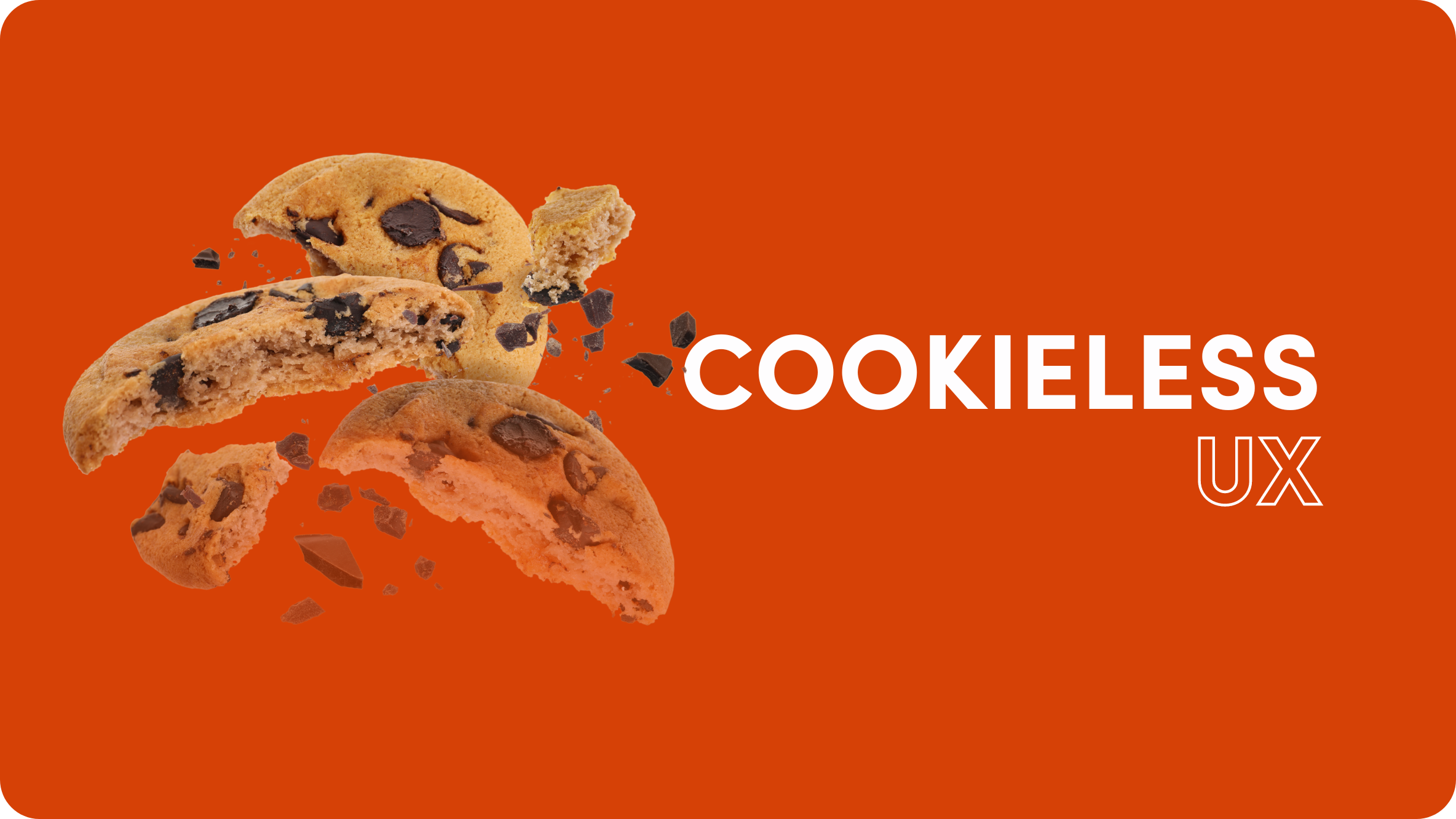7 Customer Engagement Strategies That Marketers Can’t Ignore

Customer engagement is one of the most pressing issues for marketers today. Why? Because it underscores the entire reason why marketers market: to build relationships with customers that will ensure they choose you over the competition, enjoy and benefit from your product or service, keep coming back for more, and tell their friends, family or colleagues to try it too.
In order to acquire, convert, retain customers – and turn them into advocates – you need to engage them. To connect with them in an appropriate, effective and meaningful way.
Brands can’t just rely on catchy slogans or celebrity endorsements anymore. Thanks to social media and mobile phones, businesses and brands have to be always “on”, ready to take on opportunities to engage with customers anywhere, anytime.
If that sounds like a tough challenge, don’t be afraid! There are lots of tactics and methods you can use to boost client engagement, and they don’t have to be complicated. Rather, they must come from an authentic place, target the right audiences, and provide compelling reasons for customers to engage, so they’ll truly want to.
What is customer engagement?
Before we get into the “how” of customer engagement, it’s important to properly define what it is.
Customer engagement is all the ways you interact with customers, both online and offline. Ideally, those interactions should cause customers to feel and act positively towards your business or brand. Here’s a few customer engagement examples that happen every day: a customer receives an email newsletter about a new product release and clicks through to the company’s website to see it. Or a customer calls the support line about returning an item. Or a customer watches a behind-the-scenes video about how a product is made on a company’s social page.
There are endless examples of customer engagement, but the bottom line is this: Businesses that focus on customer engagement are focused on value creation, not revenue extraction. They give people something meaningful beyond a sales pitch: a brilliant end-to-end customer experience, great content, or interactive, real-time customer support. When executed well, a strong customer engagement strategy will foster customer loyalty and sales growth.
How to increase customer engagement
Here are seven customer engagement strategies for building a loyal customer following:
- Create great customer experiences
- Make your brand relatable and meaningful
- Use push notifications
- Take advantage of conversational marketing
- Focus on retention
- Sharpen your social media marketing
- Capture hearts and minds with video
1. Create great customer experiences
If you need proof that customer experience is essential to consumer engagement, here it is: among companies who work to improve their customer experience, 84% report increased revenue.
It makes a lot of sense, really. We’ve all had bad experiences with companies which made us swear never to return! Waiting too long on hold to speak to a service rep, online checkout that was too complicated or (even worse!) a transaction that didn’t go through after entering all the information, reading a Tweet that was tone deaf – all these things are examples of bad user engagement.
So how about creating some good ones?
Making sure to deliver great customer experiences means first mapping out all the ways you interact with customers. Whether in a brick-and-mortar store, website, social media pages, emails, customer support center, and/or anything else, do a thorough analysis of each and see where you can improve.
2. Make your brand relatable and meaningful
Successful customer engagement isn’t just about making the user experience smooth and efficient (although that’s a huge part of it). It’s also about creating a brand personality that customers will love getting to know and want to engage with.
This is where brand awareness comes into the picture. Before engaging with a brand, the customer has to be aware that it exists and that it has something special, relevant or useful to offer.
Companies must work to create a sense of meaning and connection with customers, in order to attract their attention and facilitate opportunities for engagement. Part of that will come from the sense of authenticity you can create for your brand (which is absolutely essential for the brand-weary and socially conscious consumers of today. 86% say that brand authenticity is key to deciding which brands they like).
Brands communicate that sense of authenticity in just about every way they do business. For some it might mean sourcing materials from suppliers who support your values and ethics. For others, it could come from the personal story of how the brand was born and the passion that created it. Whatever it is for your company, look for ways to let that authentic character shine, so customers can become aware of it, relate to it, and engage with it.
3. Use push notifications
Engaging with customers effectively sometimes means reminding them about what you have to offer. And push notifications are a great way to do that.
Push notifications are short messages that “pop up” on a user’s mobile or desktop screen, outside of the browser. They can be used to notify customers about special offers, events, or news. Customers must subscribe to receive push notifications, so by opting-in to receive them, they are already choosing to engage with the brand. The next challenge is crafting push notifications with a compelling offer or message that will excite the customer enough to click on it and engage even further.
The trick with push notifications is getting the content and timing just right. You don’t want to bombard customers with too many push notifications – the average US app user receives 46 push notifications a day, and 32% of users will disable push notifications if they receive more than 5 notifications a week. Another thing to look out for is segmentation. Not all notifications will be of interest to all customers. Try to segment your recipients into audiences that can be targeted with the most powerful message for them.
4. Take advantage of conversational marketing
Digital marketing is becoming more sophisticated, and so are the expectations of customers. The concept of a 9-5 store is not relevant anymore. Customers want and expect to connect with brands and companies whenever and wherever it suits them. If a customer buys an item online at midnight, and a problem occurs with the payment process, they want to have it dealt with as soon as possible.
Of course, some companies can’t necessarily provide that level of engagement at every moment of the day (and night), and that’s where conversational marketing tools, like chatbots, can be a huge help.
Chatbots are those automated chat services that appear online to help guide customers through their experience with a company. They are based on artificial intelligence technology that can mimic human conversational patterns and create engagement experiences that feel quite real. Even if the customer knows they are chatting with a bot, if the communication process is effective, they won’t mind. What matters is that the customer is being attended to, and that creates engagement.
A key aspect of creating successful conversational marketing is in the development of scripts and conversation flows. Take a look at some useful tips here.
5. Focus on retention
As every marketer knows, retaining customers is much more cost effective than acquiring new ones. Significantly. Existing customers spend more, spend more often, and recommend the brand or product to family and friends, some of whom also convert to customers.
Think of it this way: a customer will only return to a brand or business if they have good experiences with it. A consistent series of positive, reliable and fruitful interactions with a business will help keep customers engaged and satisfied, and ensure they come back.
Customers engage with brands over and over again when they feel appreciated, looked after, and excited by new and original offers.
Customer retention goes hand in hand with customer engagement. You can’t have one without the other. So any solid customer engagement strategy will need to include strategies for retention – keeping customers satisfied in the long term and through the entire lifecycle of their interaction with a business.
6. Sharpen your social media marketing
Being active on social media is a no brainer for businesses today. Every marketer knows they must be on social media, but the question is, how best to engage customers once you’re there.
Social media networks are crowded spaces, full of brands and products competing for customer attention. For this reason, customer engagement activities must be very focused.
How to engage your customers on social media
Although it might seem like a chore, it’s really important to respond to customer comments on social media, especially the negative ones. Customer complaints are also opportunities for engagement, and companies should take the time to address them carefully and properly. This can actually turn a bad engagement into a good one.
It’s also very important to post regularly and frequently. That doesn’t necessarily mean posting every day, but there should be a consistent stream of content and communication that customers can engage with. Take a look at this best practices guide for posting frequency. Also, try to start conversations on social media, rather than just talking to customers. Invite their participation and dialogue with interactive content, like polls, contests and quizzes. And be sure to follow up when customers do engage so they know they’ve been heard and considered.
7. Capture hearts and minds with video
Video is hands down one of the most powerful marketing tools available. And with global audiences spending more time on mobile, engaging customers with enticing bites of video at different moments has become one of the most popular tactics of choice for marketers.
The trick to creating great engagement is great video storytelling. While digital has drastically changed the way we live, some basic human qualities will never change, namely, the love of stories. Human brains are drawn to narratives. It’s how we make sense of the world and everything that happens around us. Companies that create interesting or moving stories with their brand videos will go much further in generating customer engagement.
Besides creating videos that tell stories, it’s also important which audiences you choose to tell those stories to. Targeting appropriate videos to customer segments via social media or native advertising means you are more likely to succeed in gaining their interest and engagement.
Engagement campaign examples
Customer engagement campaigns don’t necessarily have to be complex in order to get good results. Here are four examples of original customer engagement campaigns and tactics that really managed to entice and engage users with their message, structure and targeting.
1. Push notifications
The Growth Marketing team at Outbrain likes to use push notifications to alert customers about new content that might interest them. As customers have to “opt-in” to receive these notifications, they are already interested and engaged. The next challenge is deciding what content to push and how to push it. Below are two examples of push notifications that got pleasing results, around 3% open rate. Both of these promote recently published blog posts, and the notifications contain emojis and friendly, inviting language to catch the user’s attention and inspire them to engage. And of course, the Valentine’s Day notification was timed a few weeks before the holiday, when marketers are considering how to promote their Valentine’s Day offers, so engagement was naturally higher.
2. Video storytelling
This next example of consumer engagement is so brilliant, we’ve cited it before on our blog. In 2019, a family-run hardware store in Wales created a marketing video for just 100 pounds, and it went completely viral, garnering over 2 million views. Even small businesses with minimal budget can achieve massive customer engagement rates when they tell a captivating story in the right way.
3. Social media campaign
When the COVID pandemic hit and the world went into lockdown, Coors Light Beer launched a campaign to help alleviate what they called the “suckiness” of the situation. The brand created an amusing video looking back at all the “sucky” times in history, implanting a beer in the situation to boost the mood. The video was promoted on Twitter with an offer of a free six-pack delivered to anyone who #CouldUseaBeer. Customers just had to tweet at the brand using the hashtag. Coors Light supplied customers with 500,000 free beers in what was a truly successful consumer engagement campaign.
4. Native advertising
Native advertising has evolved in recent years to include a wide variety of ad formats, from video ads to app install ads to carousel-style ads. This is great news for customer engagement, because marketers have many more ways that they can use native to capture customer attention and get users to interact with their content and brand. Check out this case study from Red Bull, which used Outbrain carousel video ads to create a rich storytelling experience and got incredible engagement rates: average session duration that was 96% higher than the target KPI!
How to measure customer engagement
Like any marketing activity, tracking and measuring performance of user engagement is essential. By measuring customer engagement over time, brands can learn how users are responding, and adapt and optimize their activities to achieve better results.
There are several metrics that measure customer engagement, as they give a strong indication of user interest based on actual behaviors. Here are three metrics that marketers commonly use for customer engagement monitoring:
- Conversion rates: This is the strongest measure of how well a campaign is performing. Whether the conversion action is completing a form, buying a product or downloading a catalog, the conversion rate will tell you that customers are engaged and interested enough to actively follow through.
- Time on page: The amount of time website visitors spend on web pages is a good indicator of how engaged they are with the content. Pages that have high time spent can be optimized further to engage users even more. Pages that are less engaging to visitors can be analyzed and even reworked completely to improve engagement.
- Video view completion: Consider how many users are watching the entire brand video, and this will give you a very clear idea of whether the content and story is engaging for customers. If a video gets a high completion rate, then it is obvious that the message and medium is working.
Why customer engagement matters
There are more ways than ever to engage with customers today. This means lots of opportunities for brands to capture consumer attention and get them on board. It also means that competitors have the same opportunities…
In order to boost consumer engagement, brands must actively work to connect and interact with customers, at every possible opportunity. Ultimately whatever customer engagement strategies you employ, be consistent. Craft messages that are on-brand and suitable for the target audience, and create positive end-to-end customer experiences, from their very first interaction throughout the entire brand journey.
Give them a consistent (and exceptional) experience and you’ll be rewarded with their trust, loyalty – and engagement.











